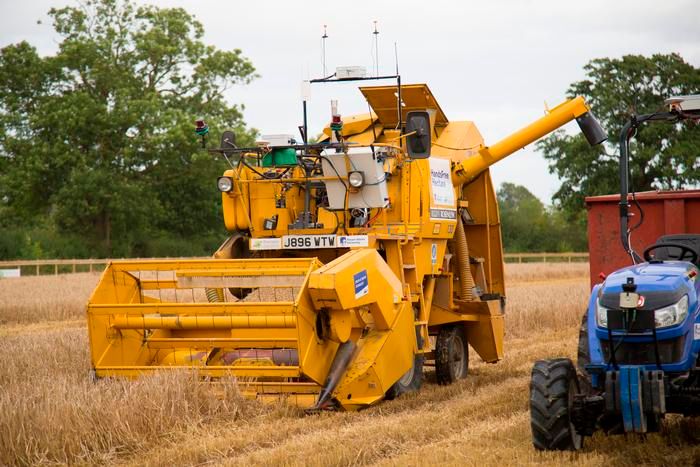From IEEE Spectrum:

Agriculture is no stranger to autonomy. Tractors were among the first commercial autonomous vehicles, and there’s a huge market for drones packed with sensors that can help farmers make more informed decisions. The problem, though, is that farming is still work for humans. There’s still dirt, early mornings, dirt, more dirt, and a lot of hard work that involves some extra dirt. All this dirty-ness makes farming an ideal target for robots, especially since farms also offer repetitive tasks in a semi-constrained environment. At Harper Adams University, they’re taking the farm autonomy idea very seriously: Seriously enough that they’ve managed to plant, tend, and harvest an acre and a half of barley using only autonomous vehicles and drones.
During the Hands Free Hectare project, no human set foot on the field between planting and harvest—everything was done by robots. This includes:
Modern farming is much more complicated than just dropping some seeds on the ground and then coming back later for tasty food; the amount and composition of the pesticides and herbicides and fertilizers, and even the timing of the final harvest, depends on a data-driven understanding of the state of the crop. To make these decisions, robot scouts (including drones and ground robots) surveyed the field from time to time, sending back measurements and bringing back samples for humans to have a look at from the comfort of someplace warm and dry and clean....MORE
- Drilling channels in the dirt for barley seeds to be planted at specific depths and intervals with an autonomous tractor;
- Spraying a series of fungicides, herbicides, and fertilizers when and where necessary;
- Harvesting the barley with an autonomous combine.